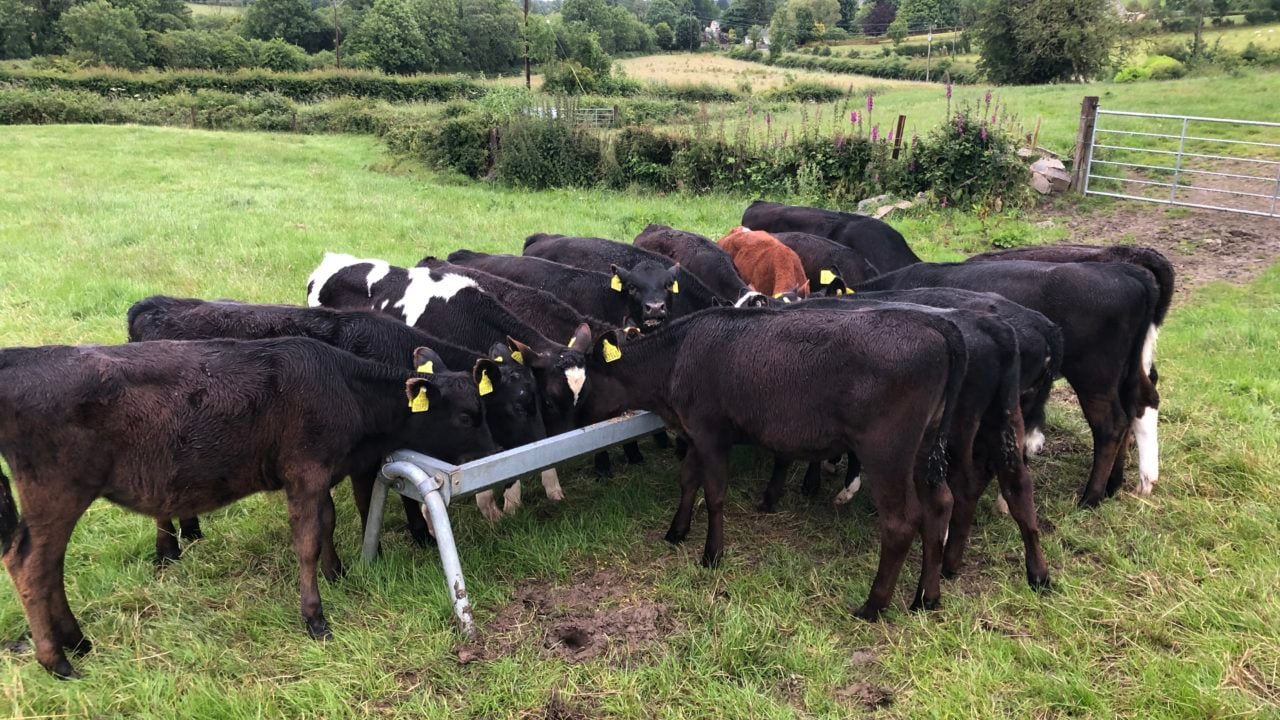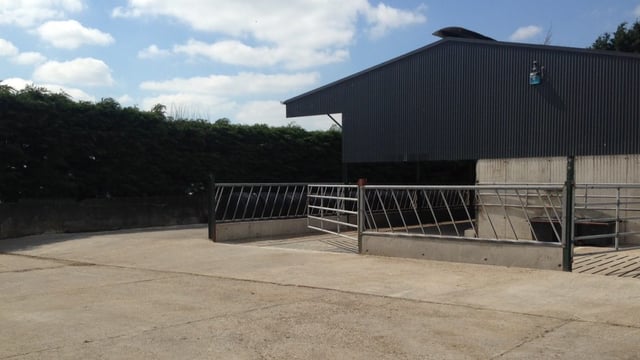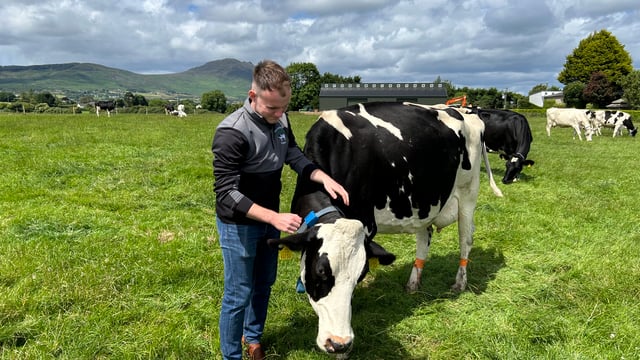Farmers reminded to be wary of lungworm in cattle
Farmers are being reminded to be wary of lungworm outbreaks in all types of cattle and to be on the lookout for clinical signs of an outbreak in their herd.
Lungworm infection, or hoose, is a respiratory disease in cattle and can result in death where serious infections occurs.
Livestock deaths from hoose can occur with very little warning and at various times of the year, and so it is essential that farmers are on the look out for signs of the infection and contact their veterinary practitioner for signs of hoose.
Signs of a lungworm outbreak in cattle are as follows:
- Mildly affected animals will have an intermittent cough, especially after exercise;
- Moderately affected animals will cough frequently while resting and have an increased respiratory rate;
- Severely affected animals will have difficulty breathing and may adopt a mouth-breathing stance with the head and neck out-stretched, mouth open and the tongue protruding;
- Adult cows may also have a severe drop in milk yield. This can be observed before coughing is seen;
- Affected cattle have an increased susceptibility to other respiratory pathogens such as viruses and bacteria.
Close monitoring for early clinical signs of respiratory disease, particularly coughing, is the best approach for detection of lungworm infection.
Hoose may be confirmed by submitting dung samples for identification of lungworm larvae, however, deaths from acute hoose can occur even before larvae begin to appear in dung samples.
According to Teagasc, while farmers should dung sample before dosing, young stock should be treated for lungworm without delay if they are showing clinical signs of the disease such as coughing with tongues extended.
It is always advisable to consult your veterinary practitioner as regards the best course of action for treatment.
While lungworm is one internal parasite that can affect cattle, farmers should not forget about the other parasites cat can affect cattle and keep a close eye on herd health as the summer progresses.





